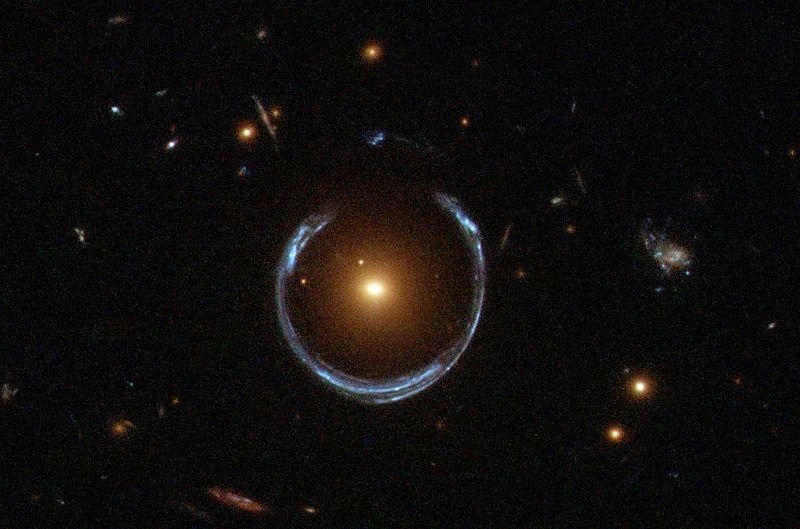The James Webb Telescope is scheduled to take off on December 24. Once deployed, it will be the most powerful observatory ever launched into space and will allow astronomers to probe the universe like never before. Some plan to rely on it to explore one of the greatest mysteries of astrophysics.
We know that the speed at which a star must move to stay in its orbit depends on the force of gravity pulling it towards the center of its galaxy, and therefore on the mass of it. In the 1970s, by focusing on the velocities of several stars in the Milky Way, astronomer Vera Rubin realized that the amount of matter needed to keep these stars in their orbit was insufficient.
Astronomers therefore suggested the presence of another form of matter, invisible, capable of explaining these movements. This form of matter, called "dark matter", is thought to make up about 26.8% of the Universe against only 4.9% for normal material (or baryonic). It has never been detected directly, but the James Webb Telescope could help astronomers indirectly by studying its effects on visible matter.
To help astronomers locate this dark matter more precisely, the JWT will take extremely sharp images in which researchers can observe the disturbances caused by gravitational lensing phenomena. .
Let's take the example of a very old galaxy aligned with a cluster of galaxies (the lens) and the Earth. The light rays from this galaxy will bend and be deflected by the gravitational field of the galactic cluster. From Earth, we can observe arcs of light and optical effects such as distortion, magnification or multiplication of the image or even the increase in the apparent light of the galaxy in the background.
Thanks to these "magnifying" phenomena, astronomers will be able to determine the mass of these objects, as well as the amount of visible matter, and therefore indirectly the amount of dark matter.

"The James Webb Telescope will be particularly well suited for this type of measurement, as its very sharp images will make it possible to measure very small disturbances and because he can see so deep in space that this gives it access to many more background galaxies to measure the disturbances caused by this gravitational lensing effect “, according to a NASA fact sheet.
The JWT is also designed to see further into space than ever before, which will also allow it to see further into time. By making these observations so deep in space, the observatory will therefore be able to study the role of matter in the evolution of galaxies.